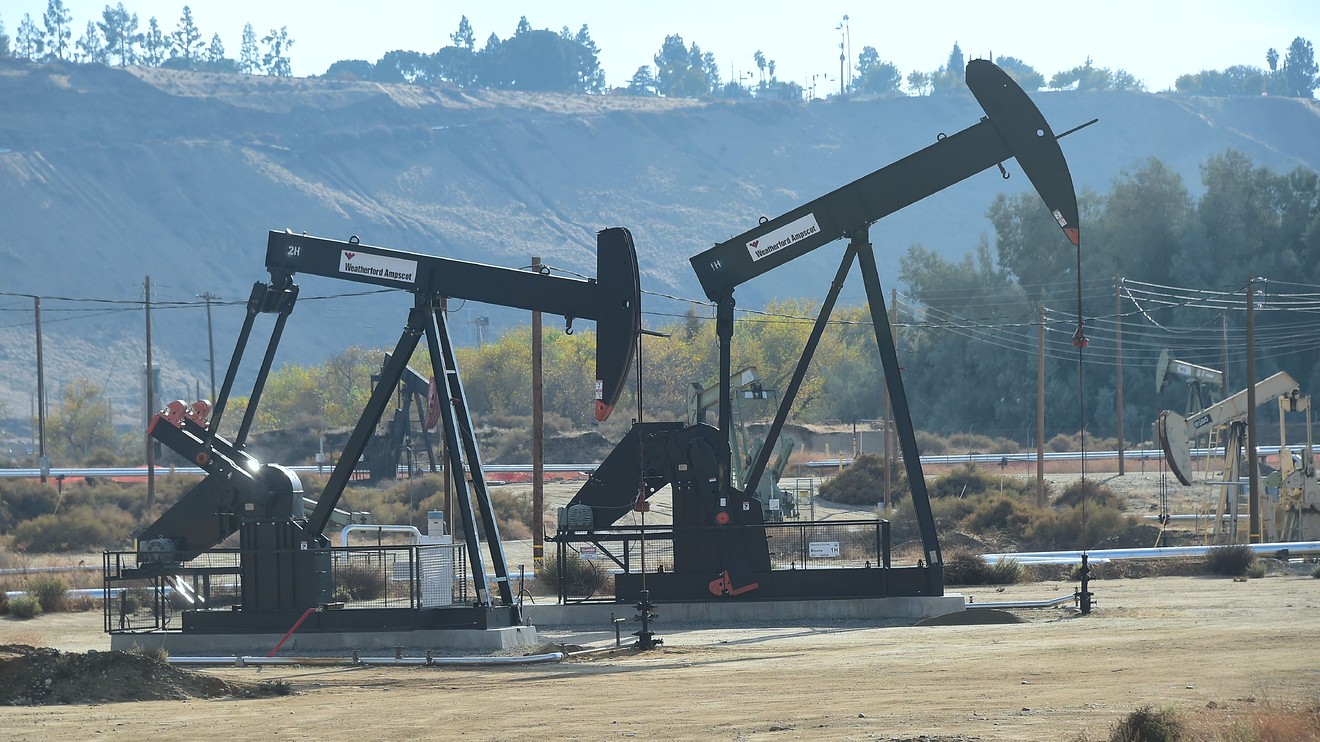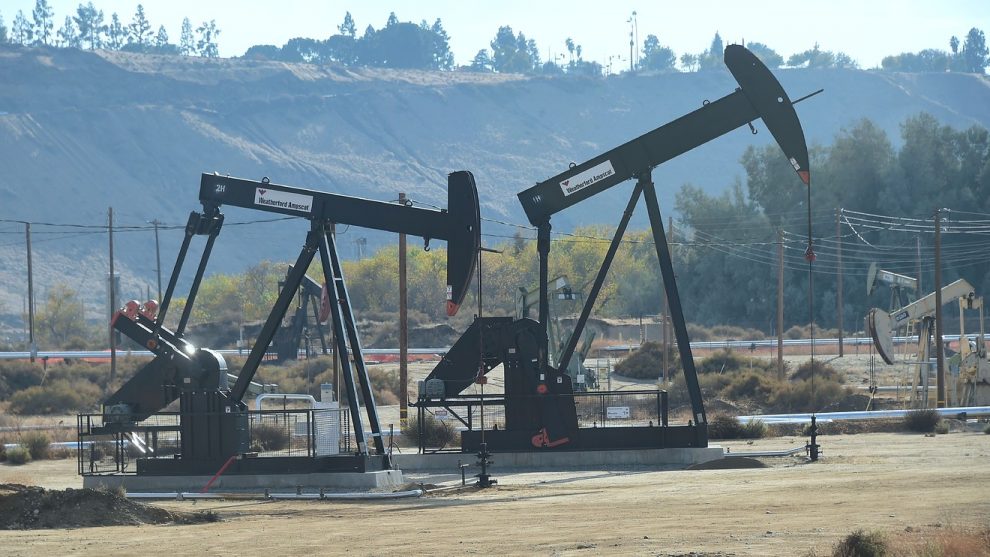
Oil futures fell Friday, with traders citing uncertainty about demand for fuel and rising U.S.-China tensions over Hong Kong, but the U.S. crude benchmark remained on track for its biggest monthly rise on record.
“Demand is rising, and production is falling, but China might be the fly in the oil market ointment,” said Phil Flynn, senior market analyst at The Price Futures Group. “Oil prices are giving back their demand growth inspired gains as [traders are] concerned about rising tensions between the U.S. and China.
President Donald Trump is expected to hold a news conference later Friday on China’s plans to impose new security laws that could undercut Hong Kong’s autonomy.
“Oil traders are concerned that this could lead to another U.S.-China trade war and kill oil demand,” said Flynn, in a daily report.
West Texas Intermediate crude for July delivery CL.1, -0.53% CL00, -0.53% was down 23 cents, or 0.7%, at $33.48 a barrel on the New York Mercantile Exchange, while July Brent BRNN20, -1.58%, the global benchmark, was off 50 cents, or 1.4%, at $34.79 a barrel on ICE Futures Europe.
Front-month U.S. benchmark WTI futures were up 77.9% for May, on pace for its best month on record, based on data going back to 1983, according to Dow Jones Market Data. Brent was up 37.5% for the month, which would be its strongest rise since March 1999.
Despite the concerns surrounding U.S.-China tensions, “demand has shown signs of coming back much more energetic and faster than most people had expected in China and the U.S. as well,” said Flynn.
Signs of renewed demand as the U.S. and other major economies emerge from lockdown have helped fuel strong May gains.
Demand increases are coming as U.S. production continues to plunge and output from the Organization of the Petroleum Exporting Countries has “crashed” in May, Flynn said.
Data from the Energy Information Administration Thursday showed a weekly decline of 100,000 barrels a day in total oil output to 11.4 million barrels per day.
On Friday, a Reuters survey revealed that OPEC oil output in May fell to the lowest in two decades. OPEC pumped 24.77 million barrels per day in May, down 5.91 million barrels per day from April’s revised figure, Reuters reported.
Meanwhile, global equities and other assets perceived as risky were under ahead of Trump’s news conference on China.
“With tension running high due to the Hong Kong security plan passed by China and overnight talk about China’s Taiwan reunification intentions adding more fuel to the fire, the wider geopolitical fallout from the coronavirus situation seems to be getting more problematic by the day,” wrote analysts at JBC Energy, a Vienna-based consulting firm, in a note.
Oil prices collapsed in March and April as global demand for crude was destroyed by lockdowns of major economies in a bid to contain the COVID-19 pandemic. Pressure was exacerbated by a short-lived price war between Saudi Arabia and Russia that further flooded an oversupplied market with unneeded crude. That feud came to a halt after OPEC and its allies agreed to renewed production cuts. In addition, producers outside the pact, including U.S. shale drillers, have moved to sharply curtail activity in response to the price plunge.
Still, some analysts worry the rebound in prices could dampen production cuts.
“While oil prices remain low on an absolute basis, differentials and the shallow contango in the forward curve indicate a market that is at least functioning more normally,” said Jason Gammel, analyst at Jefferies, in a note. Contango is a condition in which later dated oil futures trade at a premium to the spot price. As oil prices collapsed, the contango steepened sharply, underlining the incentive to store crude.
“Our concern is that prices have reached a level that does not incentivize curtailments/cuts; this supply-driven rally is at risk if production returns too quickly,” Gammel said.
Back on Nymex, June gasoline RBM20, -1.15% traded down 1.2% at 98.70 cents a gallon and June heating oil HOM20, -0.06% fell 0.2% to 92.39 cents a gallon, ahead of the expiration of the contracts at the end of the trading session.
July natural gas NGN20, -3.12% traded at $1.772 per million British thermal units, down 3%.
“While the weather remains a big catalyst for gas demand, we do think natural gas prices have more upside potential, especially to the degree that U.S. crude oil producers shut-in production or slash [capital expenditures], because it means less ‘associated gas’ that comes along for the ride,” said Stewart Glickman, energy equity analyst at CFRA Research.











Add Comment